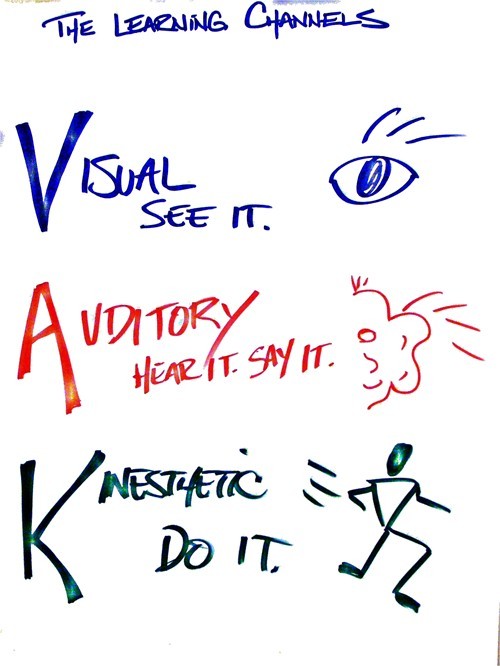Here are a few learning styles that must be integrated in today's classrooms!
As English/Language Arts teachers, it is a definitely a challenge to incorporate some learning styles into our content area. Kinesthetic Learning can be particularly cumbersome for ELA educators because we sometimes struggle with how to engage our students in physical activity. I welcome the challenge.
I recently attended a rather boring party. As I watched the crowd "groove" to various line dances, I realized that line dances or any type of dance that involves specific choreography is conducive to ELA classrooms. Thank goodness for that lackluster shindig because I would not have thought to take line dancing to my classroom if I was having a great time. My mind would have been elsewhere.
Think about it...if you are following the step-by-step directions of the dance, you are employing Chronological Order whether you realize it or not. I set out to use choreography to review not only Chronological Order, but Author's Purpose (to teach) and 2nd-Person Point of View.
My students and I have been reading Walk Two Moons by Sharon Creech. After reading Chapter 15, my students and I compiled a list of scenarios from the book that you could teach people such as How to Swim, How to Extract Snake Venom, How to Drive to name a few. I tasked the students with writing step-by-step directions for the scenarios within the book using 2nd-Person Point of View (You do this first, then you do that). Altogether, there were about 15 scenarios. I assigned a scenario to each student meaning that at least two students had the same scenario.
Before my students got started, I showed them the Teach Me How To Dougie Instructional Video. I told everyone to get up, and we danced as two choreographers taught us How to Dougie. I wanted to show my students that different people teach differently. After we finished the video, my students wrote their step-by-step directions for the Walk Two Moons scenarios using 2nd-Person Point of View. Next, they compared their step-by-step directions with that of their classmates in order to exemplify that people teach differently.
In actuality, this activity involved Chronological Order, Author's Purpose (to teach), 2nd-Person Point of View, and Compare & Contrast. Click on the video below to view the Teach Me How to Dougie Instructional Video.


Very interactive lesson that connected student interests to the material! Great!
ReplyDeleteMy middle school students responded well because they could activate their prior knowledge.
DeleteWhat is 2nd Person Point of View? I know first, third, 3rd limited and omniscent. I am not being funny or a smarty pants. Things in English change so rapidly. Don't want to left out of the loop.
ReplyDeleteThe second-person narrative is a narrative mode in which the protagonist or another main character is referred to by second-person personal pronouns and other kinds of addressing forms, for example the English second-person pronoun "you."
DeleteTraditionally, the second-person form is used less often in literary fiction than the first-person and third-person forms. But it is, in many languages, a very common technique of several popular and non- or quasi-fictional written genres such as guide books, self-help books, do-it-yourself manuals, interactive fiction, role-playing games, gamebooks such as the Choose Your Own Adventure series, musical lyrics, advertisements, and also blogs.